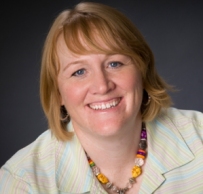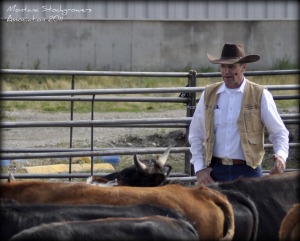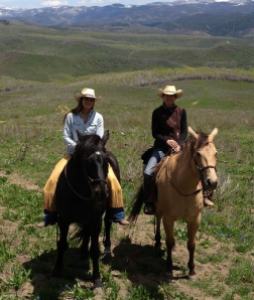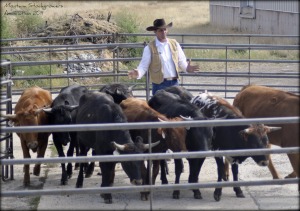Martinsdale Rancher Becomes Foundation Chairman
The Montana Stockgrowers Association’s Foundation is happy to announce that John Grande of Martinsdale, Montana is our newly elected Chairman. He will serve in this position for five years and guide the Trustee board in innovations, awarding scholarships and funding educational and research programs that better the Montana ranching community. In the following Q&A, Mr. Grande shares his thoughts on the future of the Foundation and his new role…
What are the projects you are most excited about being a part of for the Foundation?
I am excited about a mixture of the traditional and the new. For years the foundation has funded projects like the Young Cattlemen’s Conference, the Young Stockgrowers’ Conference, and Montana Range Days, and these remain projects which are vitally important in training our future leaders. New projects such as what we are doing with social networking are tremendously exciting. This allows us to look outside of our own group and take our message to a broader audience of people who have little knowledge of the Montana cattle industry and let them know what we do on a daily basis to care for our animals and our environmental and human resources. Even newer, we have some potential projects on the drawing board which are not ready for announcement, but could prove very beneficial to the industry.
What does it mean to you to be chairman of the Foundation?
It is a privilege to be asked to take this on and I look forward to the challenge. After serving on the foundation for five years I’ve become more familiar with how we’ve done things to date. Taking over as chair is an opportunity to guide the foundation in some new directions as well as sharpening the focus on current activities.
What are a few things you are hoping to accomplish during your chairmanship?
First, I would like to take some time to work on focusing our board on what we’re currently doing and where we want to go. I’d like the trustees to take some time to evaluate our goals and think about what our roles and responsibilities as trustees should be. Then we need to move forward on new projects. I would like to significantly grow the size of our endowment, and the opportunity is here. However, there is no point in growing the endowment just for the sake of growth. The point is to identify specific projects that will move our industry forward, and then grow the endowment for the purpose of being able to fund these projects.
Why is a Foundation important for the Montana Stockgrowers Association?
The foundation is an important avenue for funding education and research projects that benefit the members of the Montana Stockgrowers. There are valuable projects that the Association should move forward with which cannot be funded by members’ dues dollars alone. The Foundation provides a 501(c)(3) vehicle to which tax-deductible contributions can be made, allowing donors the benefit of the deduction, as well as of funding important projects.
What do you hope the future of Montana ranching looks like?
Change is inevitable and I look forward to the exciting change coming, while feeling confident that some things will not change. Great advances will be made in genetics, animal health, nutrition, cattle management, and many other areas, and the Stockgrowers’ Foundation can, and should, play a role in these advances. What won’t change is that we will still have dedicated people living on the land, taking care of the environmental and animal resources, and providing a healthy, nutritious product for consumers worldwide.
Anything else to add?
Just that I owe a great debt of gratitude to those who have come before serving the Stockgrowers’ Foundation – to those who had the foresight to create it, to those who have managed it for decades, and to all the donors who have funded it. Specifically I’d thank Dusty Hahn who has served as chairman of the foundation for the past four years and guided us ably into a new era of creative projects to work on.
To learn more about the MSGA Foundation, please visit us at www.mtbeef.org/reef and follow us on Facebook and Twitter.

























